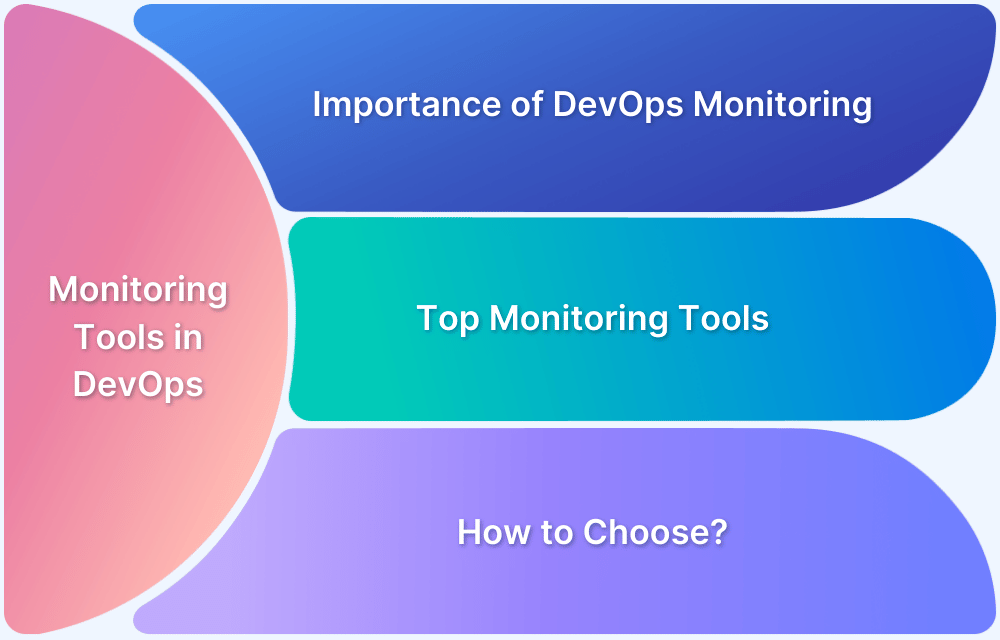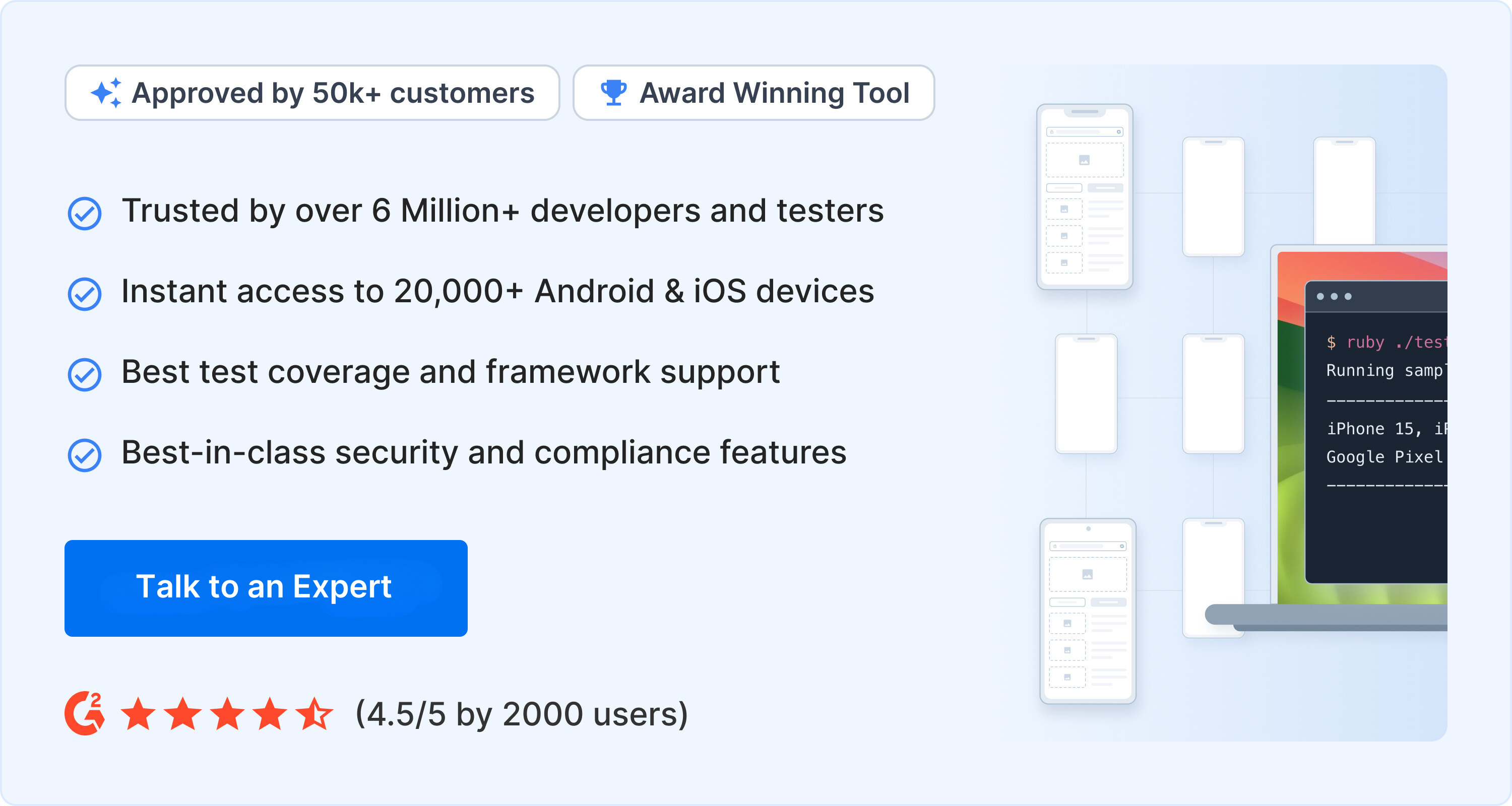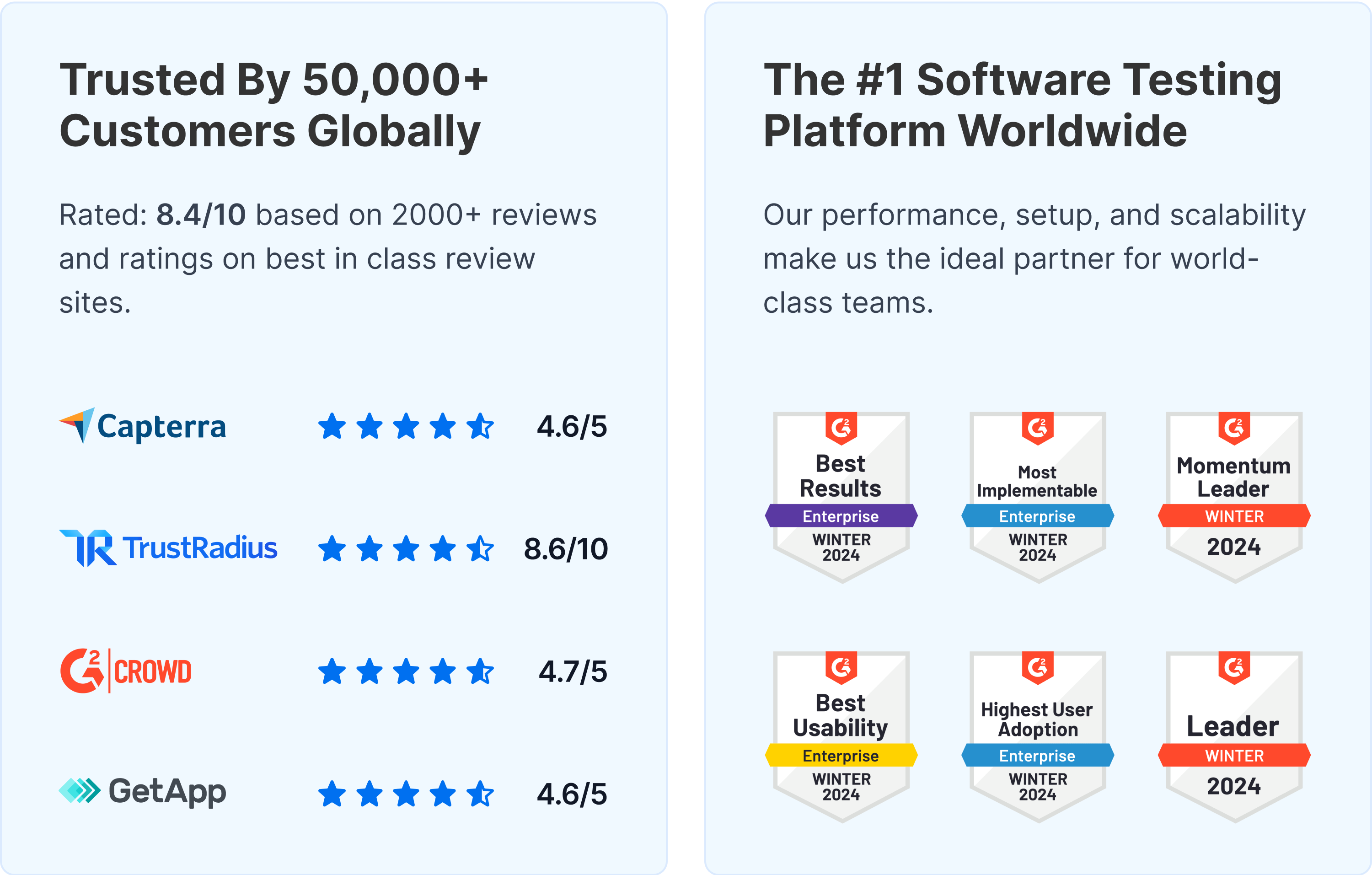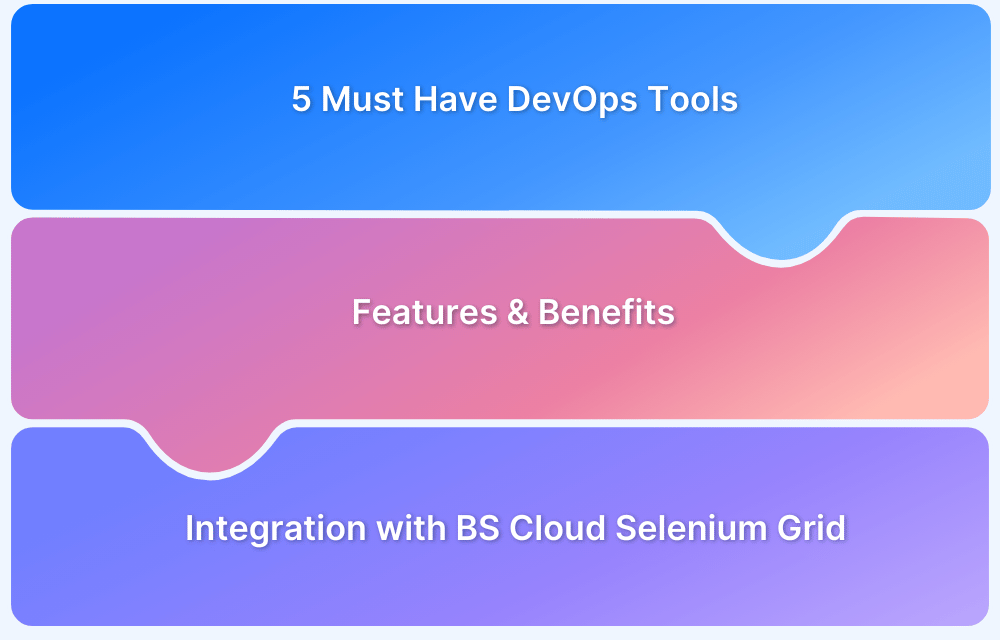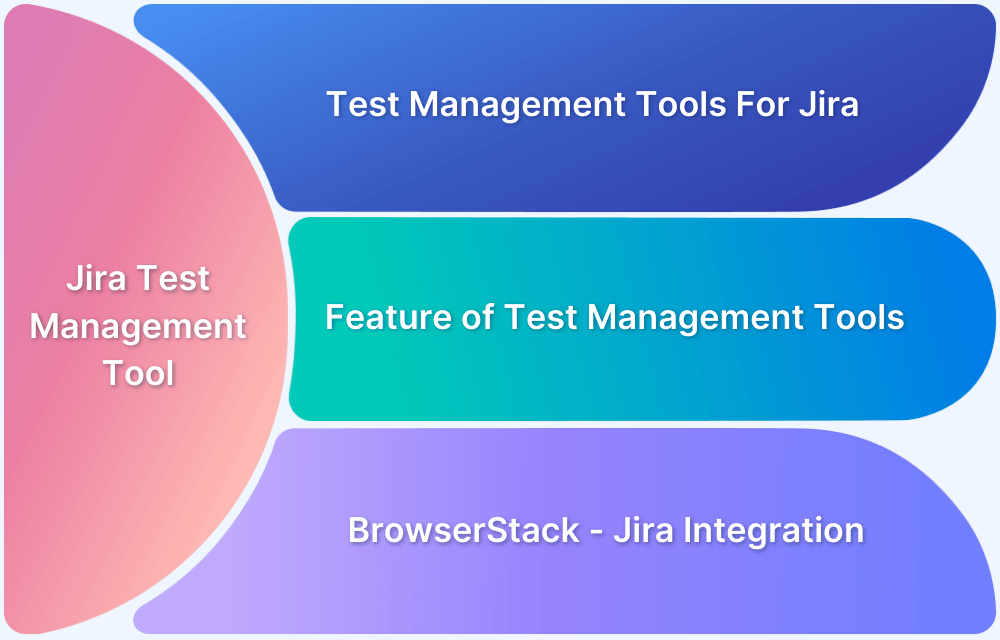DevOps is focused on improving workflow between developers and operations. But once the complexity rises, regulating more features and automation to track different DevOps processes is essential. That’s where DevOps monitoring plays a vital role.
Importance of DevOps Monitoring
- You can use different monitoring tools in DevOps to automate, define, and measure development processes throughout the pipeline.
- Monitoring tools are essential because organizations ensure the availability, performance, and overall health of their IT systems and applications.
- These tools provide real-time visibility into the performance and behavior of systems, applications, and services, which helps organizations identify and resolve issues before they affect end-users.
However, finding the top-performing monitoring tool in DevOps needs precision and in-depth knowledge. So, to help you with the filtration process, here are the 21 top DevOps monitoring tools you can incorporate into your infrastructure:
Top 21 Monitoring Tools in DevOps
1. BrowserStack Test Observability
BrowserStack Test Observability has been designed specifically for DevOps teams that want to optimize their testing operations with the help of data. It offers valuable insights that can help improve your test suite’s quality, stability, and performance over time. Identifying persistent issues, such as flakiness and constantly failing tests, can help increase the quality of testing and, ultimately, the quality of the end product.
Pros:
Some of the core Test Observability Features are:
- Filter real test failures with auto-tagging into flaky test, always-failing, and new failures. No guesswork, repeat reruns.
- Instantly pinpoint failure reasons with AI-based categorizations like product, automation, or environment issues.
- Access every log – framework, video, screenshot, terminal, network & even application logs – chronologically sorted in a single pane.
- Troubleshoot test suite health with built-in dashboards for metrics like stability and flakiness
- Supports major frameworks like Cypress, Playwright, Java TestNG, Webdriver, etc.
- It seamlessly integrates within the CI/CD pipelines (Azure pipelines and Jenkins), providing immediate feedback and enhancing code quality with each deployment.
2. Prometheus
Being a popular open-source system monitoring toolkit, Prometheus is built explicitly for monitoring in DevOps. It is a powerful end-to-end monitoring system and has an alert manager.
Pros
- Prometheus can be integrated with other DevOps tools, such as Grafana for visualization and Alertmanager for alerting.
- It has a powerful query language (PromQL) that allows for precise and flexible querying of metrics.
Cons
- Prometheus is only a data collection and storage tool, so it needs additional components to handle alerting, visualization, and other use cases.
- It does not have built-in support for distributed storage, so scaling for large deployments is challenging.
Also Read: DevOps Prerequisites
3. Grafana
Grafana is a renowned open-source analytics and interactive visualization platform that supports data presentation methods using pluggable panel architecture. It is commonly used in DevOps environments to visualize and analyze data from various sources.
Pros
- Grafana provides an alerting feature, which can be integrated with other alerting systems like Alertmanager.
- Grafana’s user-friendly interface allows users to create, edit, and share dashboards easily.
Cons
- Grafana’s alerting system is not as rich as other monitoring tools like Prometheus or Nagios.
- Grafana is primarily a visualization tool and does not have built-in data collection or storage capabilities.
4. Zabbix
Zabbix is another open-source monitoring tool with many built-in monitoring capabilities, including SNMP, IPMI, JMX, and more support. It is a mature and well-established tool that has been developing for over a decade.
Pros
- Zabbix has a rich set of alerting and reporting features.
- It has a large and active community, so many resources are available for learning and troubleshooting.
Cons
- Zabbix can have a high overhead on monitored systems and networks, which can be an issue in high-scale environments.
- Its visualization is not as rich as other monitoring tools like Grafana.
Also Read: A Beginner’s Guide to DevOps
5. Nagios
Nagios can help monitor systems, services, applications, and business processes in a DevOps environment. It is an excellent tool that performs rapid tests and is simple to configure on the client and server sides.
Pros
- Nagios has a powerful plugin architecture, allowing easy customization and integration with other tools.
- It has a rich set of alerting and reporting features.
- Nagios has a large and active community, so many resources are available for learning and troubleshooting.
Cons
- Nagios requires significant configuration and maintenance, which can be time-consuming and complex.
- It has a steeper learning curve than other monitoring tools.
6. Datadog
Datadog is a powerful SaaS-based infrastructure monitoring service with multiple integrations. It enables DevOps teams to keep tabs on cloud environments to visualize the health of your infrastructure.
Pros
- Datadog has monitors to notify appropriate individuals once critical alerts are triggered.
- It is open-source, meaning digging into the code and understanding how it collects metrics is easy.
Cons
- Even though it is a cloud-based platform, it still needs some setup and configuration, which can be time-consuming and complex.
- Datadog may be more expensive than other open-source monitoring tools for DevOps.
Read More: Importance of DevOps Team Structure
7. InfluxDB
InfluxDB is an excellent tool for monitoring cloud-native applications and microservices, which makes it well-suited for modern, distributed systems. It has a powerful query language (InfluxQL) that allows for precise and flexible querying of metrics.
Pros
- InfluxDB has a built-in alerting feature. It can be integrated with other alerting systems like PagerDuty, Slack, etc.
- It is a time-series database optimized for storing and querying large amounts of time-series data.
Cons
- InfluxDB has a pull-based architecture that can significantly load the monitored systems.
- InfluxDB is primarily a data storage and querying tool and does not have built-in data collection capabilities.
8. Elastic Stack
Formerly known as ELK Stack, Elastic Stack is a collection of three open-source tools: Elasticsearch, Logstash, and Kibana. It is a log analysis tool for monitoring, security, troubleshooting, compliance, SEO, and business intelligence.
Pros
- The Elastic Stack has a large and active community, so many resources are available for learning and troubleshooting.
- The Elastic Stack is a powerful and flexible tool for collecting, storing, and analyzing log data.
Cons
- The Elastic Stack can be resource intensive, an issue in high-scale environments.
- It’s complex to set up and configure, especially for users unfamiliar with log data and search engines.
9. Splunk
Splunk is the only analytics-powered, full-stack, and OpenTelemetry-native observability solution for monitoring, searching, and analyzing machine-generated data. It delivers end-to-end visibility across your stack, irrespective of the application you are using.
Pros
- Splunk has many built-in monitoring capabilities, including support for various technologies such as AWS, Azure, GCP, and Kubernetes.
- It has a large and active community and many resources are available for learning and troubleshooting.
Cons
- Splunk’s dashboards are not as interactive as other visualization tools.
- Its alerting system is not as rich as other monitoring tools.
10. Logstash
Logstash is an open-source data collection, processing, and transportation pipeline tool commonly used in DevOps environments for collecting, parsing, and forwarding log data.
Pros
- Logstash can perform various transformations and enrich the data before it is forwarded to its destination.
- You can easily integrate Logstash with DevOps tools like Elasticsearch, Kibana, and InfluxDB.
Cons
- Logstash can be resource-intensive, an issue in high-scale environments.
- It does not have built-in alerting features.
11. Kibana
Kibana is a popular open-source data visualization and exploration tool for log and time-series data. It provides a web-based interface that is easy to use and navigate, making it accessible to many users.
Pros
- Kibana includes powerful querying capabilities, like filtering and aggregating data.
- It allows users to create custom visualizations like lines, bars, and pie charts.
Cons
- It has limited alerting capabilities.
- Setting up and configuring Kibana can be complex and time-consuming
12. New Relic
New Relic is a powerful cloud-based monitoring platform that provides full-stack observability. It supports Ruby, PHP, Java, .NET, and Python applications. You can have a live and in-depth view of your network, infrastructure, applications, machine-learning models, end-user experience, etc.
Pros
- New Relic integrates with a wide range of other tools and platforms, including cloud providers, and provides a lot of pre-built integrations.
- It provides detailed information about issues that can troubleshoot and fix problems quickly.
Cons
- New Relic can be expensive.
- It may struggle to handle large amounts of data.
Also Read: Top 10 Core Benefits of DevOps12.
13. AppDynamics
AppDynamics is a popular web and mobile application performance monitoring and observability platform. It provides a wide range of features and capabilities that can monitor the performance of applications in a DevOps environment.
Pros
- AppDynamics captures out-of-the-box metrics using custom dashboards with no code instrumentation.
- It is a best-in-class monitoring tool for cloud and infrastructure that allows you to modernize applications, cut costs, and boost innovation.
Cons
- AppDynamics can be complex to set up, especially for users with limited technical experience.
- It can be expensive.
14. Sensu
Sensu is a powerful open-source monitoring framework built for cloud environments. You can use the tool to track and measure the health of your apps, infrastructure, and business KPIs the way you want.
Pros
- It is free to use and can be customized to meet an organization’s specific needs.
- Sensu provides advanced alerting capabilities.
Cons
- Setting up and configuring Sensu can be complex and time-consuming.
- It may not have as many pre-built integrations.
15. Icinga
Icinga is an open-source monitoring tool that notifies outage issues, tests the availability of network resources, and generates actionable data for performance reporting. It is a fork of Nagios and aims to maintain compatibility with Nagios plugins and configuration files.
Pros
- It has a robust plugin architecture.
- Icinga has a rich set of alerting and reporting features.
- It has a wide range of built-in monitoring capabilities.
Cons
- Icinga has a steeper learning curve.
- Its dashboards are not as interactive.
16. OpenNMS
OpenNMS is an open-source network monitoring tool commonly used in DevOps environments. It is the world’s first fully enterprise-grade open-source network service monitoring platform.
Pros
- It offers high scalability and can handle large-scale deployments.
- OpenNMS is a mature and well-established tool with powerful functionalities.
Cons
- OpenNMS can have a high overhead on monitored systems and networks.
- It requires a significant amount of configuration and maintenance.
17. Epsagon
Epsagon is an intuitive cloud-based system application monitoring tool that helps businesses optimize microservices architecture. It offers custom dashboards to monitor important metrics and provide full-stack observability.
Pros
- Epsagon has a built-in alerting system.
- It provides detailed performance metrics and traces, which can improve the application’s performance.
Cons
- Epsagon may be more expensive than other open-source monitoring tools.
- It may have a steeper learning curve.
18. Collectd
Collectd is an open-source performance monitoring tool commonly used in DevOps environments for collecting and storing performance metrics from various systems and applications.
Pros
- Collectd can be easily integrated with other DevOps tools.
- It has a large and active community.
Cons
- Collectd is primarily a data collection tool and does not have built-in data analysis or visualization capabilities.
- It can be resource-intensive, an issue in high-scale environments.
19. StatsD
StatsD is typically used with other monitoring tools like Graphite, InfluxDB, and Grafana for data storage, analysis, and visualization.
Pros
- It is a pull-based system.
- StatsD has a simple and easy-to-use protocol.
- It is a lightweight and efficient tool that can collect performance metrics from various systems and applications.
Cons
- StatsD is not designed for real-time monitoring and alerting.
- It can be complex to set up and configure.
20. Sematext
Sematext is an all-in-one monitoring system to help businesses troubleshoot issues more quickly. It uses custom or pre-defined dashboards to explore and alert the organizations.
Pros
- Sematext provides a unified platform for monitoring and troubleshooting various systems, including logs, metrics, and traces.
- It has a built-in alerting system.
Cons
- Sematext does not have a widely adopted community.
- It may be more expensive.
21. Honeycomb
Honeycomb is an observability tool ideal for DevOps teams to debug, observe, and improve live production software. Its engaging UI/UX enables users to observe codes proactively as they are released.
Pros
- It supports the open-source and vendor-neutral OpenTelemetry standard.
- Honeycomb helps to speed up your business-wide observability adoption initiatives.
Cons
- Not ideal for real-time monitoring and alerting.
- It can be expensive.
Now that you know the top 20 monitoring tools in DevOps, it’s time to choose one for your business.
Choose the Best Continuous Monitoring Tools in DevOps
- Continuous DevOps monitoring can help you transform your overall business outcomes, so while choosing a reliable monitoring tool, look for full-stack end-to-end observability.
- The tool should also offer integration and interoperability between ITSM, operational, and AIOps tools.
- These features can enable DevOps teams to speed up remediation and troubleshooting.
- But during the continuous testing phase, you can use BrowserStack Automate and access a cloud Selenium grid of 3000+ real devices and browsers for testing.
- Additionally, there are in-built debugging tools that enable the testers to identify and resolve bugs immediately.
